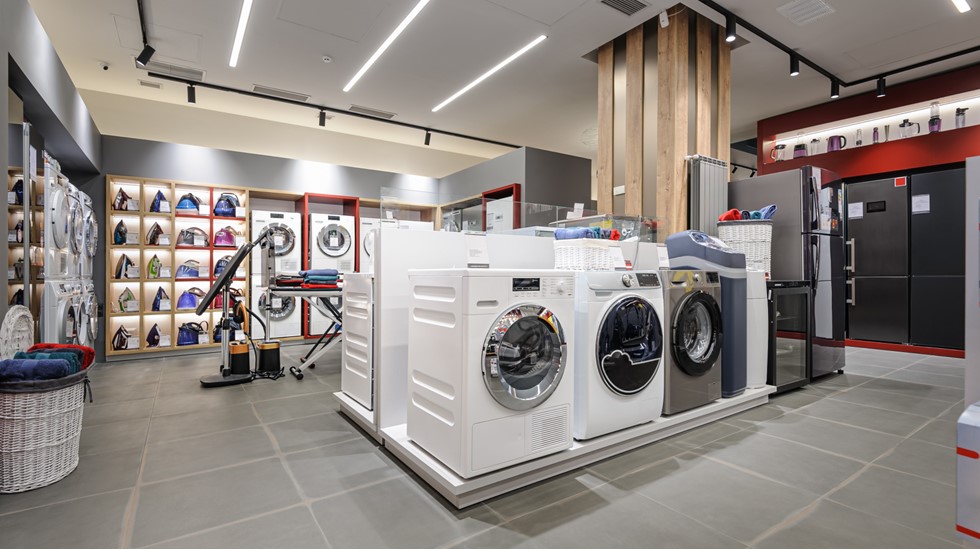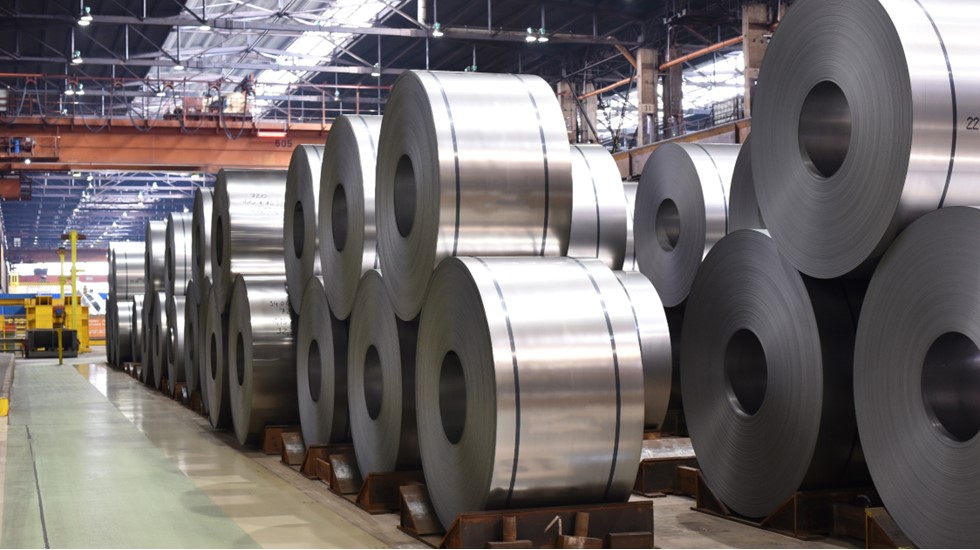Headline durables gave back gains
Broad-based gains for the month.

August 26, 2025
July durable goods orders declined 2.8%, which follows a 9.4% drop in June. July’s outcome was better than expected as the median consensus estimate was -3.8%. Excluding transportation, durable goods orders rose 1.1%, a solid result, after rising 0.3% in June.
Headline durable goods orders were pulled lower by a 9.7% drop in transportation orders. Nondefense aircraft orders plunged 33% as Boeing booked orders of 31 civilian aircraft in July, down from 116 in June.
The other major component of this category, orders for motor vehicles and parts, eked out a modest gain of 0.3% after rising by 1.2% and 0.9% in the prior two months. July is typically a month when new model changeovers take place at factories, causing a summer slowdown. We expect to see limited motor vehicle production activity in the fall due to softer demand.
The average sales price for a new vehicle could breach $50,000 in the second half of this year. Seven-year loans are becoming more common, stretching consumers' finances even further. Seven-year loans comprise 21.6% of all new vehicle loans, according to Edmunds.
The July report showed broad-based gains. Electrical equipment orders rose 2%, thanks to data center construction. On an annual basis, electrical equipment orders increased 7.3%, amongst the highest increases across all categories, only eclipsed by defense orders which added 9.1%. Defense orders have been supported by the continuing conflicts in the Middle East and Ukraine.
Machinery orders rose 1.8% from June, primary metals orders increased 1.5% and fabricated metals orders advanced 0.7%. Orders for computers and electronic products rose 0.6%.
Orders for nondefense capital goods excluding aircraft, a proxy for business capital spending on equipment, increased 1.1%. That marks a better start for the third quarter than we anticipated.
Business sentiment among manufacturing executives remains mixed. The S&P Global manufacturing purchasing managers' index (PMI) improved to 53.3 in August from 49.8 in July, indicating expanding activity. The ISM manufacturing PMI came in at 48.0 in July, the fifth consecutive month of a below-50 result, signifying contraction for the sector.
Core capital goods shipments rose 0.7% in July after rising 0.4% in June. These data feed into the calculation of business fixed investment and suggest the third quarter may be less negative than we initially forecast.
That marks a better start for the third quarter than we anticipated.

Ken Kim
KPMG Senior Economist
Bottom Line
Core capital orders showed a pickup in July. The permanent restoration of 100% bonus depreciation recently signed into law may be aiding capital investment in the manufacturing sector. The degree of uncertainty remains high in the economy as households and businesses react to the impact of tariffs in the second half of 2025. A September interest rate cut from the Federal Reserve is looking more likely, which will help the economic expansion to keep going.
Subscribe to insights from KPMG Economics
KPMG Economics distributes a wide selection of insight and analysis to help businesses make informed decisions.
Explore more

Durable goods orders retreat
Timing a rate cut is complicated.

KPMG Economics
A source for unbiased economic intelligence to help improve strategic decision-making.

Dog days of summer: Tariffs start to bite
How tariffs act on the economy.
Meet our team
